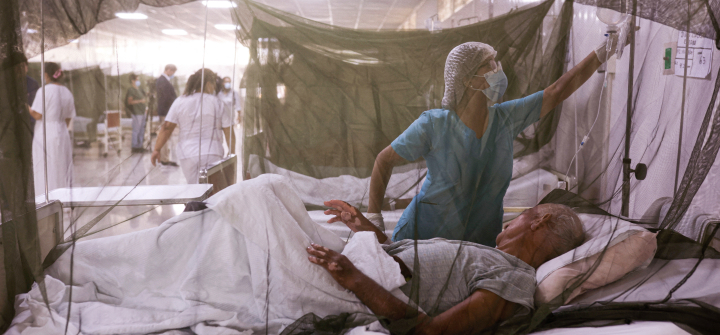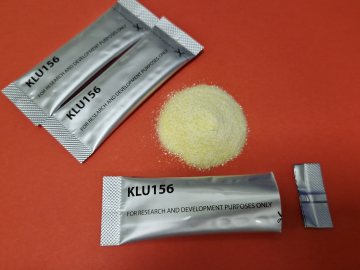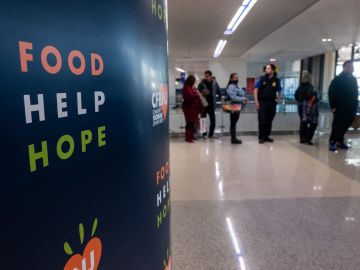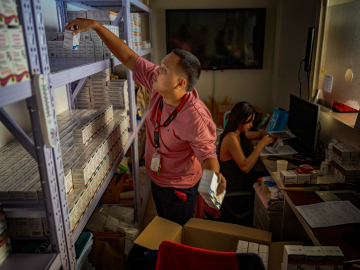Why Latin America Needs Its Own CDC—Now More Than Ever
When COVID-19 swept through Latin America, it exposed the region’s lack of coordinated public health response mechanisms. Despite being home to 8.2% of the world’s population, Latin America accounted for 10% of global COVID-19 cases and 25% of deaths.
Beyond causing the tragic loss of life, the pandemic overwhelmed health systems, disrupted economies, and widened inequities across the region.
Yet, four years later, Latin America remains structurally vulnerable to the next pandemic. The question is not if another health emergency will come—but when.
The region must be ready.
What Latin America Can Learn from Africa
During COVID-19, Latin America lacked an institution capable of coordinating real-time data sharing, mobilizing resources, and executing rapid outbreak response strategies across countries. Meanwhile, Africa—facing similar constraints—had better coordinated actions through the Africa Centres for Disease Control and Prevention (Africa CDC).
The Africa CDC was launched in 2017 in response to the Ebola crisis and quickly became a critical institution for regional health security. During COVID-19, it facilitated joint procurement of vaccines and medical supplies, coordinated emergency responses, and strengthened surveillance across the continent. The Africa CDC coordinates with the WHO Regional Office for Africa (AFRO), allowing it to act swiftly while maintaining partnerships with global health organizations. The Africa CDC and AFRO are not in competition; rather, Africa CDC's model shows that regional coordination can complement existing institutions, not replace them.
Latin America, however, continues to face challenges in establishing a dedicated regional technical health body capable of enhancing coordination and rapid response efforts. Over the past year, the region has experienced an unprecedented surge in dengue cases, exposing the limitations of fragmented national responses. A LATAM CDC could have taken a more proactive approach—declaring a regional emergency earlier, facilitating joint procurement of essential supplies, and coordinating cross-border vector control strategies to curb the spread of the disease. Rather than relying solely on individual country responses, a LATAM CDC could have leveraged regional resources more effectively, ensuring a faster and more cohesive response.
The Pan American Health Organization (PAHO) has played a crucial role in advancing public health across the Americas, providing technical expertise, surveillance, and disease control strategies. However, strengthening regional health security requires additional mechanisms that foster greater cross-country collaboration and coordination. A LATAM CDC could work alongside PAHO, complementing its efforts by enhancing regional cooperation and ensuring faster, more efficient responses to health emergencies. The new agency would provide the missing link in the region’s health security architecture. Modeled on the Africa CDC and the Caribbean Public Health Agency (CARPHA), it could:
- Facilitate real-time data sharing and risk assessment across countries.
- Support rapid emergency response teams for outbreaks and public health crises.
- Strengthen local manufacturing capacity for diagnostics, vaccines, and treatments.
- Provide specialized training programs for national public health agencies.
Critically, a LATAM CDC would be an independent technical body, free from political interference, with a governance structure that includes not just governments but also academia, civil society, and the private sector.
A Window of Opportunity—But Not for Long
The world is witnessing rapid shifts in global health governance, with increasing uncertainty about U.S. commitments to WHO and other multilateral institutions. At the same time, health crises like the resurgence of dengue, mpox, and antibiotic-resistant infections are already testing the region’s response capacity.
If Latin America does not act now, it risks facing the next pandemic as unprepared as it was in 2020. In an era where the global health landscape is increasingly unpredictable, strong regional mechanisms are no longer optional but necessary. A LATAM CDC could fill this critical gap, providing a long-overdue framework for coordinated, collective action and ensuring the region is never again left scrambling to respond to a crisis alone.
What’s Next: Turning Vision into Action
Latin American governments must champion the creation of a LATAM CDC, recognizing that regional preparedness is essential for health security. A practical next step is to submit a proposal to the Pandemic Fund to secure initial funding for foundational steps, but this requires government endorsement and at least one implementing entity. Since our June 2024 Lancet commentary on this issue, interest has grown among public health experts and some policymakers. But more substantial political commitment is needed. Now is the time for regional leaders to unite, strategize, and take concrete steps toward making this a reality.
The call is clear: Latin America must invest in regional preparedness today—or risk paying the price tomorrow.
Patricia J. García, MD, MPH, PhD, is a former Minister of Health of Peru and former Head of the National Institute of Health of Peru. She is a professor and former dean of the School of Public Health at Cayetano Heredia University.
Jorge Saavedra, MD, MPH, MSc, is executive director of the AHF Global Public Health Institute. He previously served as Director General of Mexico’s National AIDS Program.
Ariel García, MD, MSc, director of the AHF Global Public Health Institute for Latin America and the Caribbean at the National Institute of Public Health of Mexico.
Editor’s note: Drs. Garcia and Saavedra will discuss the challenges and benefits of creating a LATAM-CDC during a Feb. 21 session at the Consortium of Universities for Global Health conference in Atlanta.
Join the 50,000+ subscribers in 170+ countries who rely on Global Health NOW summaries and exclusive articles for the latest public health news. Sign up for our free weekday newsletter, and please share the link with friends and colleagues.
A nurse takes care of a dengue fever patient at the Sergio Bernales National Hospital, in the outskirts of Lima, Peru, on April 17, 2024. Juan Carlos CISNEROS/AFP via Getty




